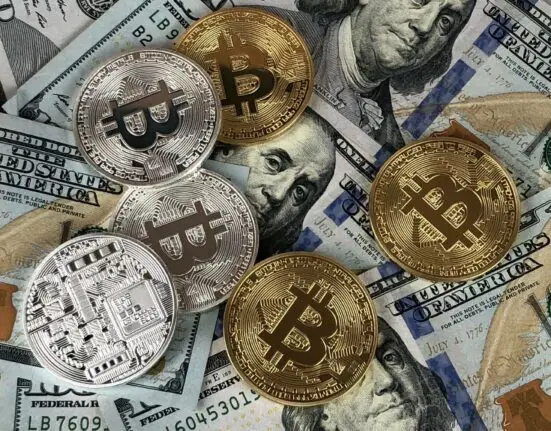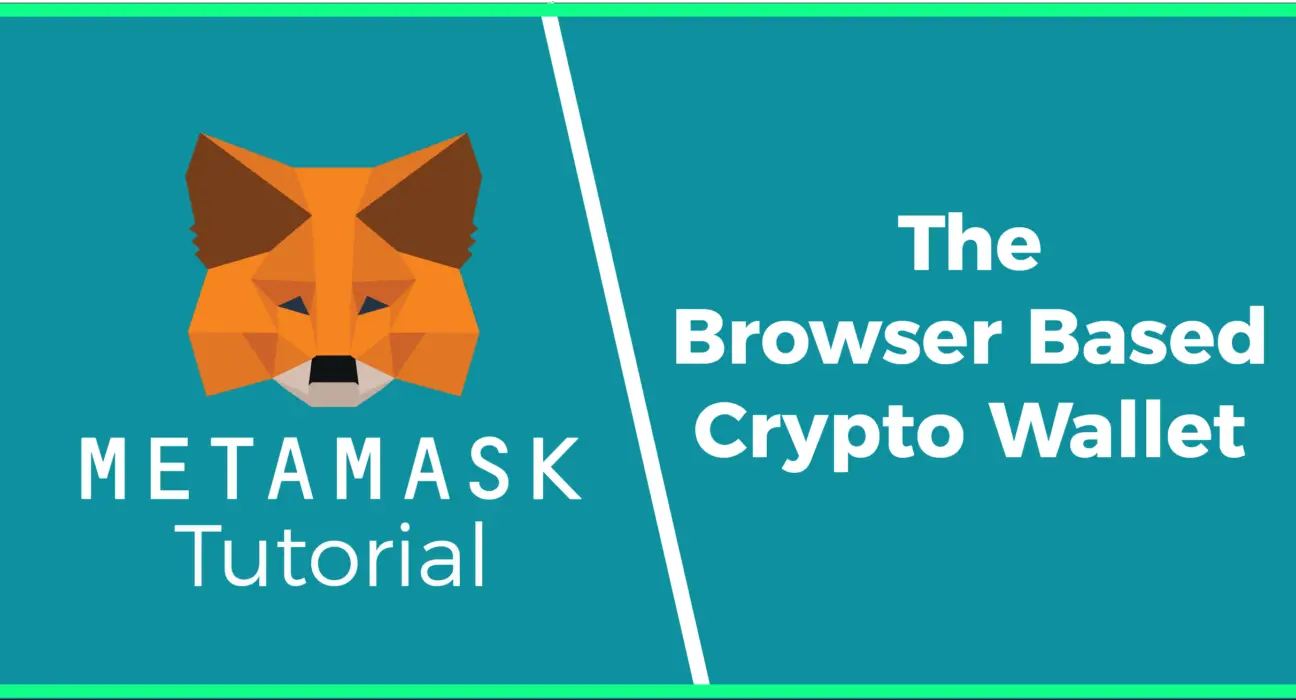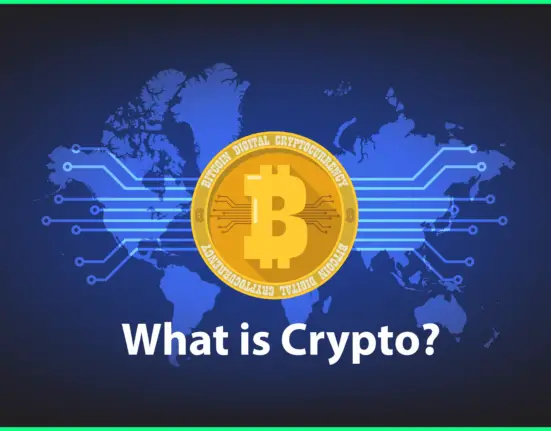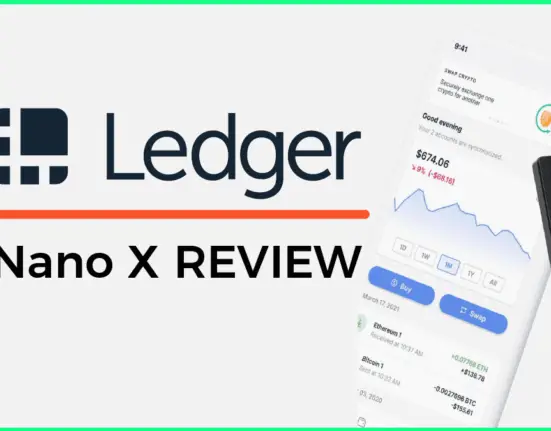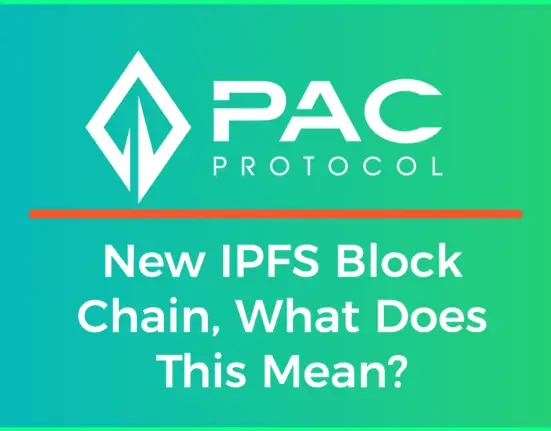If you’re using Ethereum or similar blockchains, it is very likely that you’re going to become familiar with MetaMask. MetaMask is the most popular wallet for navigating these chains, the many applications built on top of them, and Web 3.0. Built as a phone application and extension on Google Chrome and Brave Browser, it is rapidly gaining traction, recently passing over 5 million users. With its impressive ease of use and great security mindset, this popularity is well earned.
What is MetaMask?
MetaMask is a wallet developed by Consensys, one of the largest companies in the blockchain industry, focused on building tools on Ethereum and the EVM (Ethereum Virtual Machine). It was created with the goal of bringing Web 3.0 features to the mainstream, by making them as easy as possible to interact with.
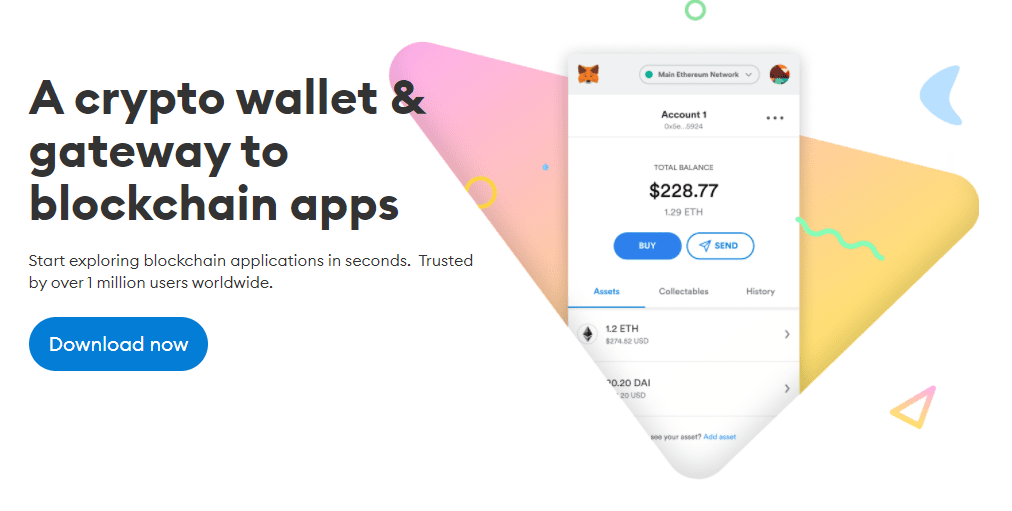
What is Web 3.0?
Web 3.0 is the ecosystem of decentralized and blockchain-enabled applications that is emerging on top of the current internet. This is everything from Decentralized Finance (DeFi), to Non-Fungible Tokens (NFTs), to simple crypto payments. MetaMask interfaces with all of these, making them much easier to access. As the importance of Web 3.0 grows, so will the importance of MetaMask and similar tools.
Features
As a wallet at its core, the primary function of MetaMask is to hold, receive, and send cryptocurrency. And it is very functional, a user can store all of their Ethereum wallets and their transaction histories at a glance, and sending crypto is a breeze. You just put in the destination address, select a gas price (optimal gas is automatically calculated, but an advanced user can still choose), and press send. However, one of the best innovations of MetaMask is that sending transactions can become even easier than this. If a website has integrated it, you often only have to press a button to send the transaction the website is requesting. This is standard across DeFi and NFT protocols and is popping up more and more on sites accepting crypto payments. This ease of use is necessary for more mainstream adoption.
Easy Crypto Trades
MetaMask also has a couple of additional ease-of-use features in the transactions department, for buying, selling, and swapping crypto. The big one is that a user can easily buy Ethereum, and have it sent directly to their MetaMask wallet. In the past, it could be a tedious process to get Ether where you want it. You would have to buy from an Exchange, wait for whatever holding period they had set, then send it to your own wallet and wait for the transaction to clear. Not only is this slow, but it could also be costly in terms of fees for both the exchange and the network. Now it can be much simpler, simply buy with a card, and it goes straight to your wallet. Unfortunately, this isn’t available everywhere, such as the U.S. states of Texas and New York.

Following similar lines, another great feature is the ease of token swaps. For a small 0.3% fee, tokens can be exchanged directly within MetaMask, taking another frustration out of interacting with DeFi. The in-wallet app is an exchange aggregator similar to 1inch, meaning it will automatically search for the best prices across a variety of decentralized exchanges (like UniSwap, SushiSwap, and 0x), and come back with the best price. However, for the extra gas fees typical of dex aggregators, and MetaMask’s own fee, this will rarely be worth it unless you really like the convenience factor.
Additional Features
Another feature of MetaMask is its ‘signatures’, where a user can prove they own a wallet by clicking a ‘sign’ button without actually having to send a transaction. Sites have made use of this in ways such as proving eligibility for off-chain NFTs and POAPS, and making simple login systems.
MetaMask is not limited to Ethereum, it also supports any EVM compatible blockchain, such as the Binance Smart Chain, or Avalanche. For a tutorial on how to connect MetaMask to the Binance Smart Chain.
On these chains, MetaMask will work exactly as it does on Ethereum, with the exception that the buying and exchange features will not be available.
Is MetaMask Safe?
MetaMask is very safe, it was built by one of the most reputable and well-known companies in the cryptosphere, and is used by millions of people every day. In fact, it is not only safe, but it also has features that enhance its user’s security.
The big one is its anti-phishing feature, which will provide a warning when a user goes to known phishing sites. This is particularly useful in the world of DeFi and crypto, as these sites are common, and they can steal large amounts of money if they are not spotted. Without MetaMask, to fall victim to one of these can be as easy as typing one wrong letter in a URL, or clicking on a fraudulent google search result. Additional features include integration with Hard Wallets like Trezor and Ledger and securely hiding private keys when a wallet is generated.
Still, there are some things that a user should be cautious of. First, when installing MetaMask they should be careful to install the official version. As many users’ primary access point to crypto, it is common for phishing attackers to use MetaMask itself as bait. Common tactics include purchasing phoney Google Ads, or using similar looking URLs. When installing MetaMask on Chrome or Brave, be sure to use the official website at Metamask.io
Conclusion
For most crypto and Web 3.0 enthusiasts, MetaMask is the single most important app they will use. In its mission to create the best wallet out there, most would say it has probably succeeded. It is aiding in bringing access to crypto to a new wave of people, and in the near future will be integrated more and more with the web as we know it.


